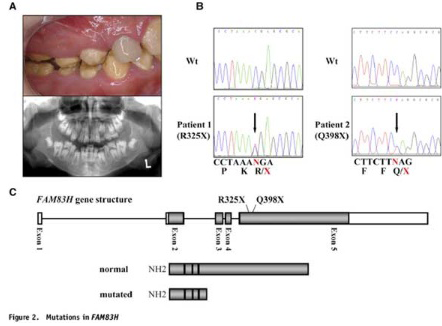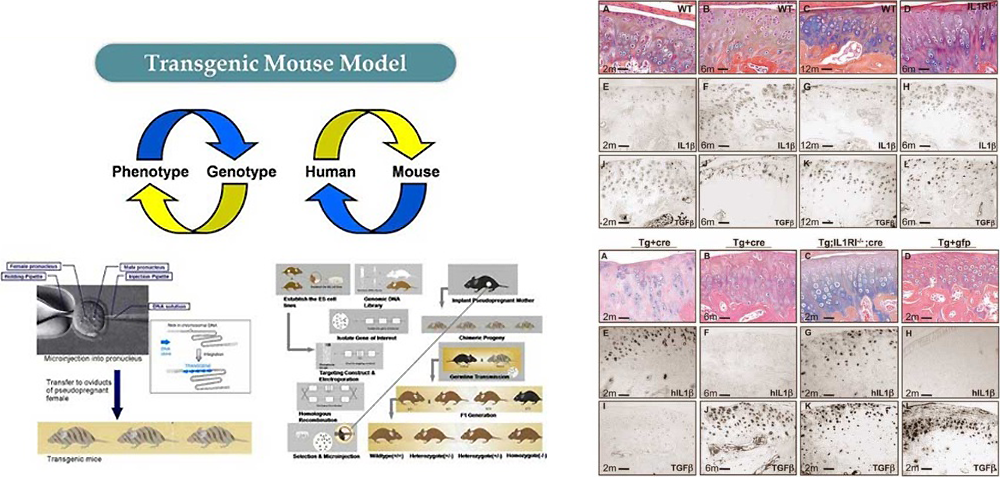As the Human Genome Project is completed, the number of genes in humans has been known. Now, the projects has been performed to identify functions of each gene and to reveal relationships between genes and diseases. In addition, as the results of population genetics through recent SNP research, it is found that the sensitivity to diseases, sensitivity to treatments and sensitivity to drugs are dependent on individuals and associated with genetic factors of individuals. Therefore, the needs of customized treatments based on genetic types are being emerging.
Research on genetic diseases caused by the transmission of genetic mutations to the descendants, diseases caused by epigenetic modification with no genetic mutations, increases in the sensitivity to diseases under special situations despite no problems under normal conditions and SNP in changes in the responsiveness to treatments under conditions of diseases must be performed for future customized treatments.
In this major, we are performing genetic statistical research to explore genes responsible for genetic disorders or SNP associated with various dental diseases and treatments, and research to find new treatments using reproduction of animal models of genetic disorders, and identification of functions of genes. Lectures and discussions are mainly given to help students to understand basic knowledge and research methods.
-
Research on dental genetic diseases
Genes known to be responsible for diseases such as amelogenesis imperfecta, dentinogenesis imperfecta, congenital anodontia and dental hypoplasia are examined by using PCR and direct sequencing. Haplotype analysis and Linkage analysis are performed in order to identify unknown genes. In addition, we indirectly study the functions of proteins by identifying the characteristics of mutations and deriving the correlation between phenotype and genotype. These results of the research are used as the basic data for future treatments of diseases.
-
Research using conditional genetic knockout
We conduct the research on function of IL-1 beta or COX2 genes in occurrence of temporomandibular joint disorder or temporomandibular joint inflammation by applying the mouse models with conditional genetic knockout of IL-1 beta or COX2 gene to the areas related to craniofacial development and neuro-inflammation. In addition, we study the association of surrounding tissues about biological response occurring when teeth move by using knockout mice.
-
Production of animal models by using gene targeting methods and functional genetic research
After the completion of the Human Genome Project, the needs and interests are focused on the Functional Genetics. Research using animal models is required in this field. Thus, we conduct research to identify the functions of specific genes by producing various transgenic animal models including knock-out/ knock-in mouse. In particular, we analyze the functions of genes associated with craniofacial anomaly and dental genetic diseases and study the pathogenesis of these diseases.
-
Research on pathological physiology of bone genetic diseases through identification of functions of gene mutation
We examine the effects on differentiation of osteoblast and differentiation potential of stem cells and study the functions of genes and mechanisms of mutations at molecular levels by inducing overexpression or defects of genes in osteoblasts and stem cells in order to study pathological physiological mechanisms for the expression of mutations of genes known to be responsible for genetic disorders in bones.
We aim to understand the delivery processes of genetic information, identify the relationship between malfunction in developmental process of the body and diseases caused by wrong information given by parents, and logic and research methods for protein structures, protein functions and occurrence of diseases caused by mutations in DNA sequence.



